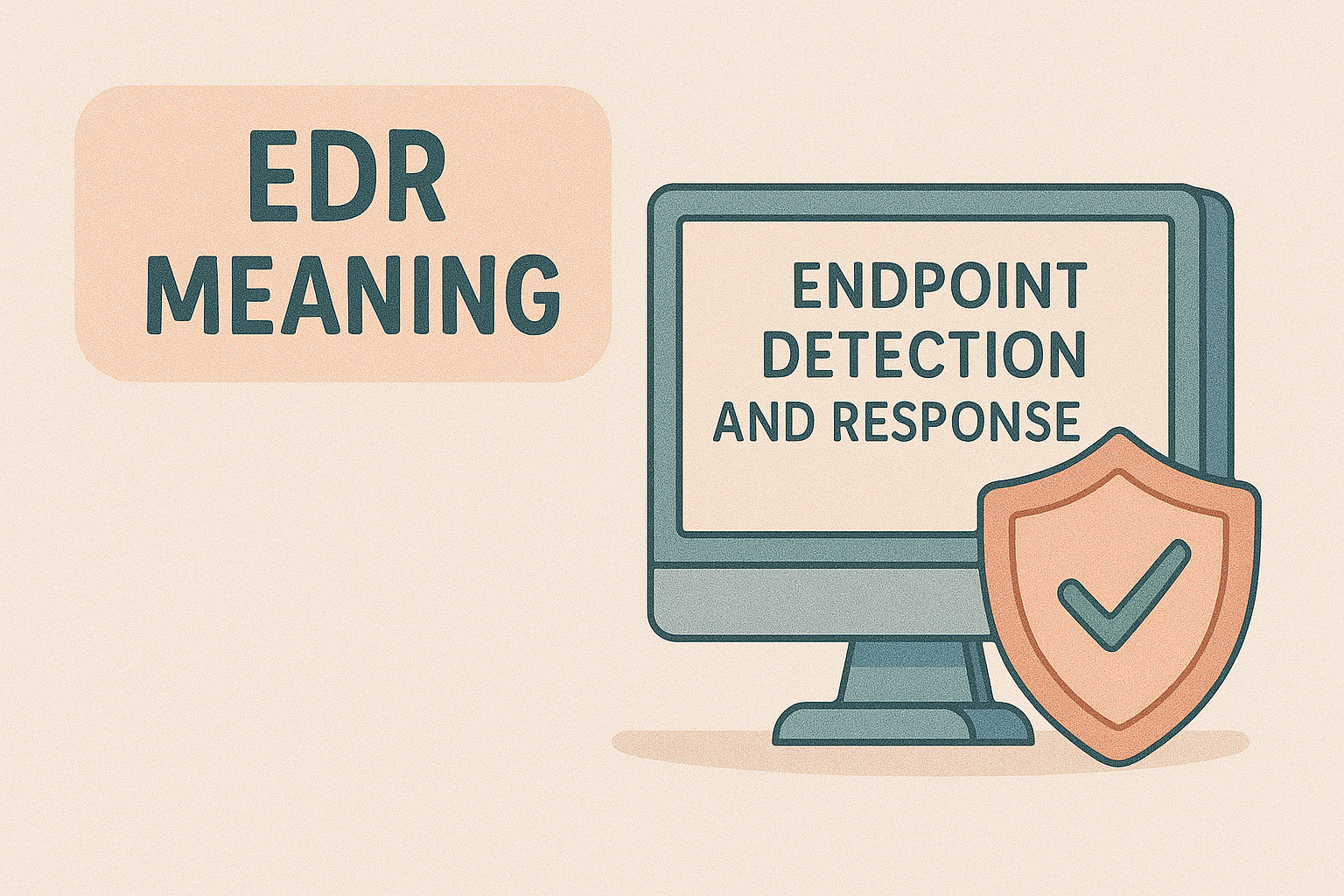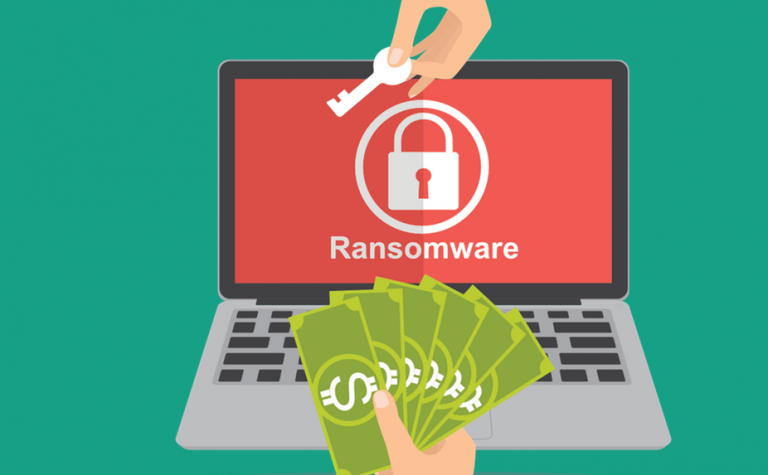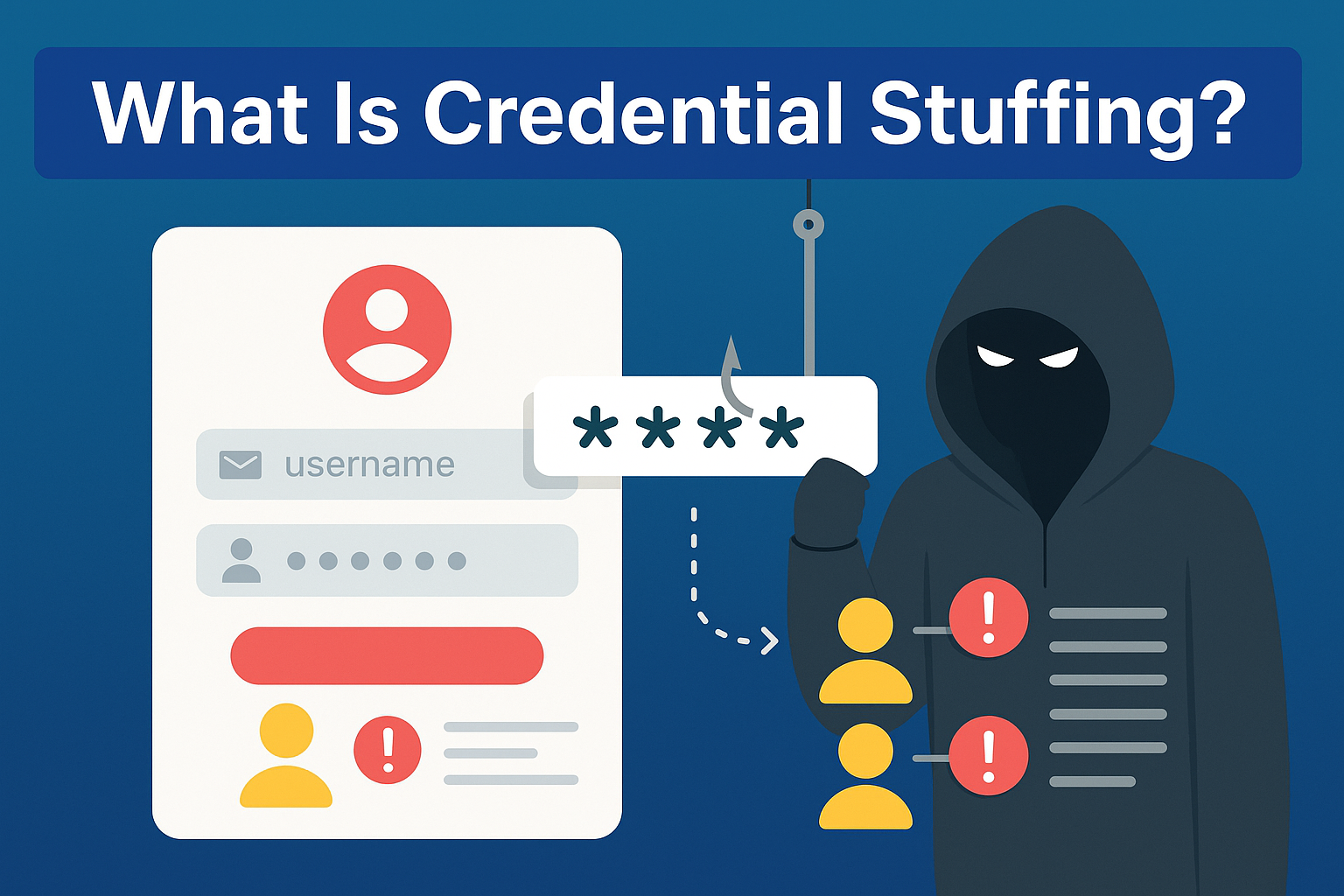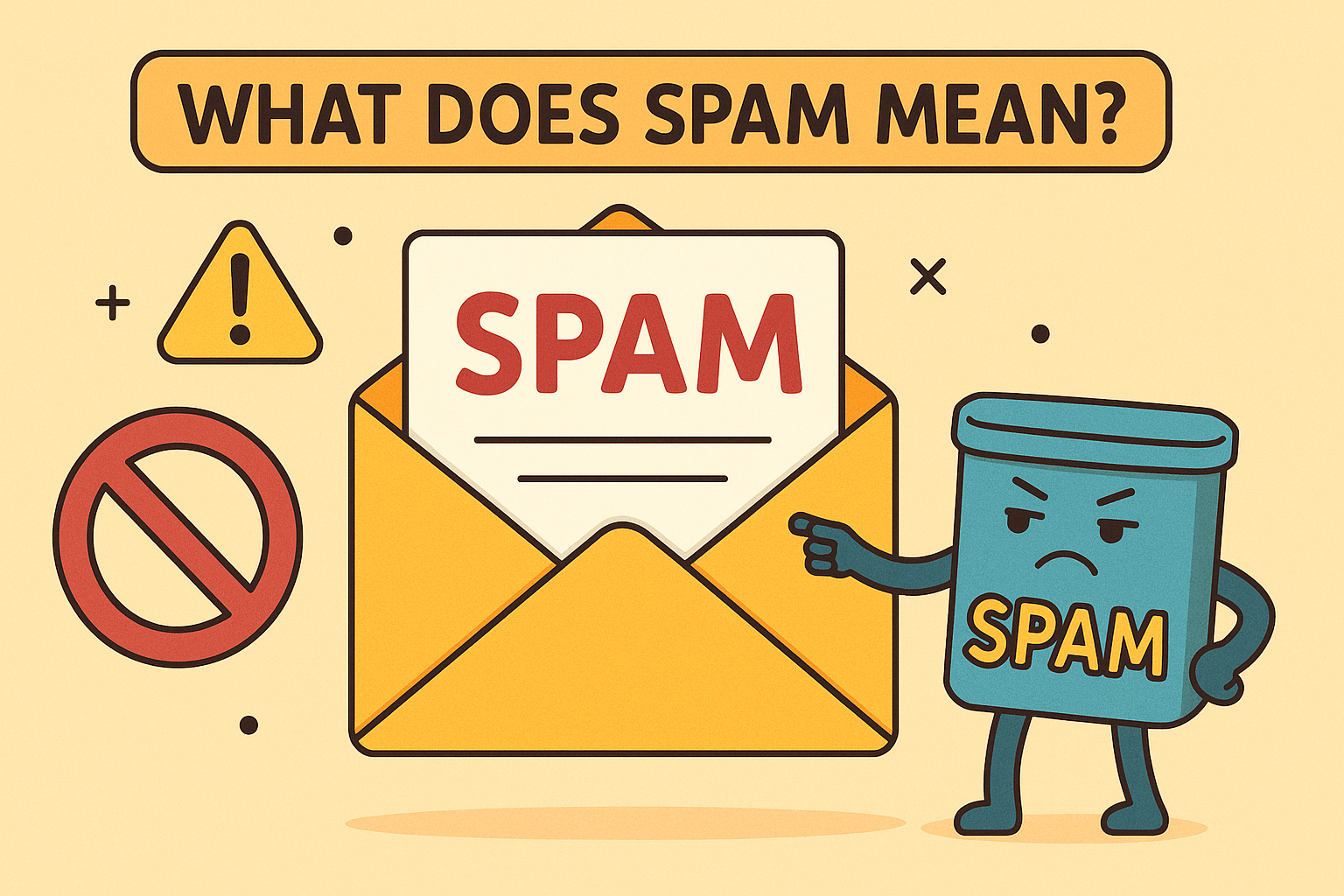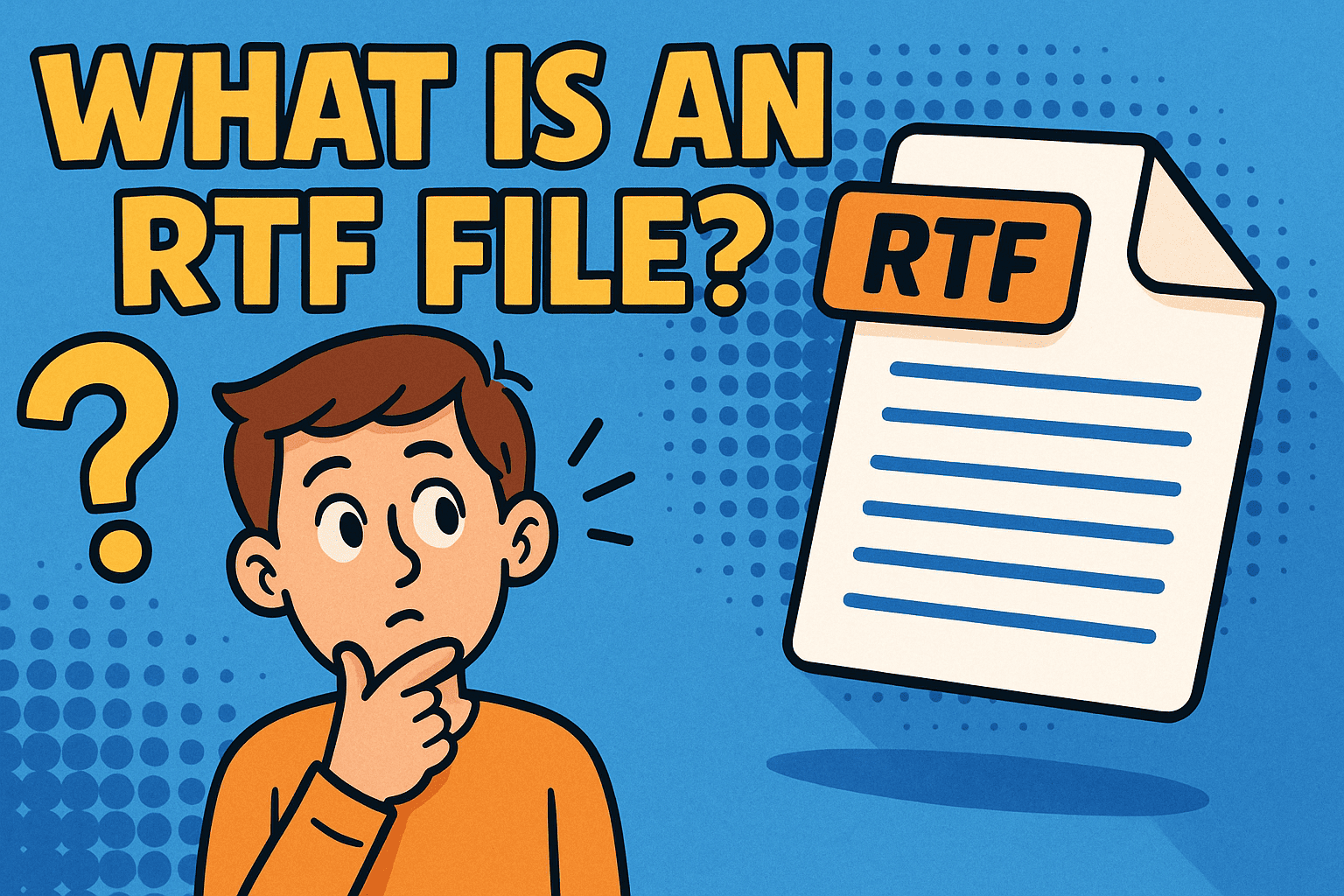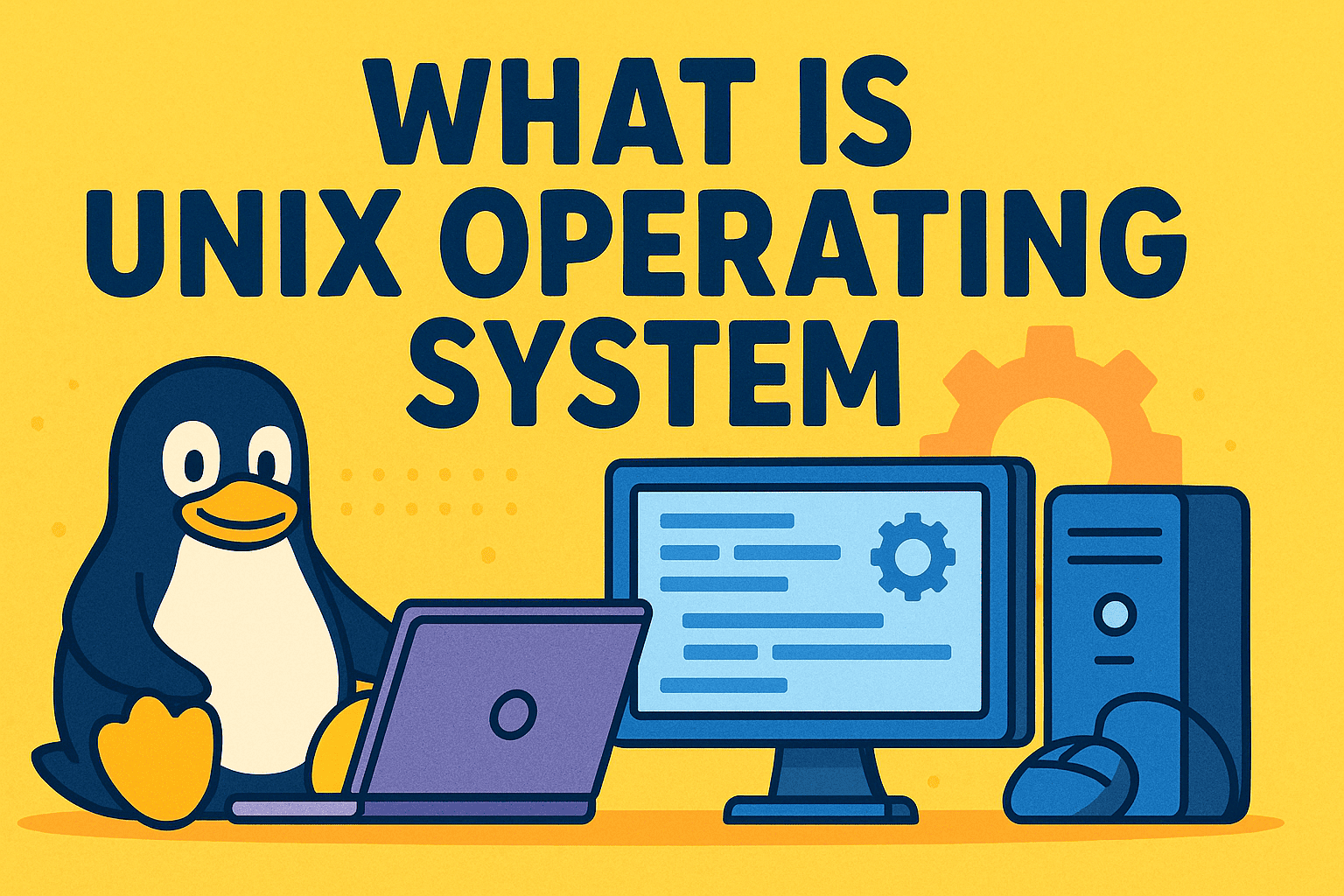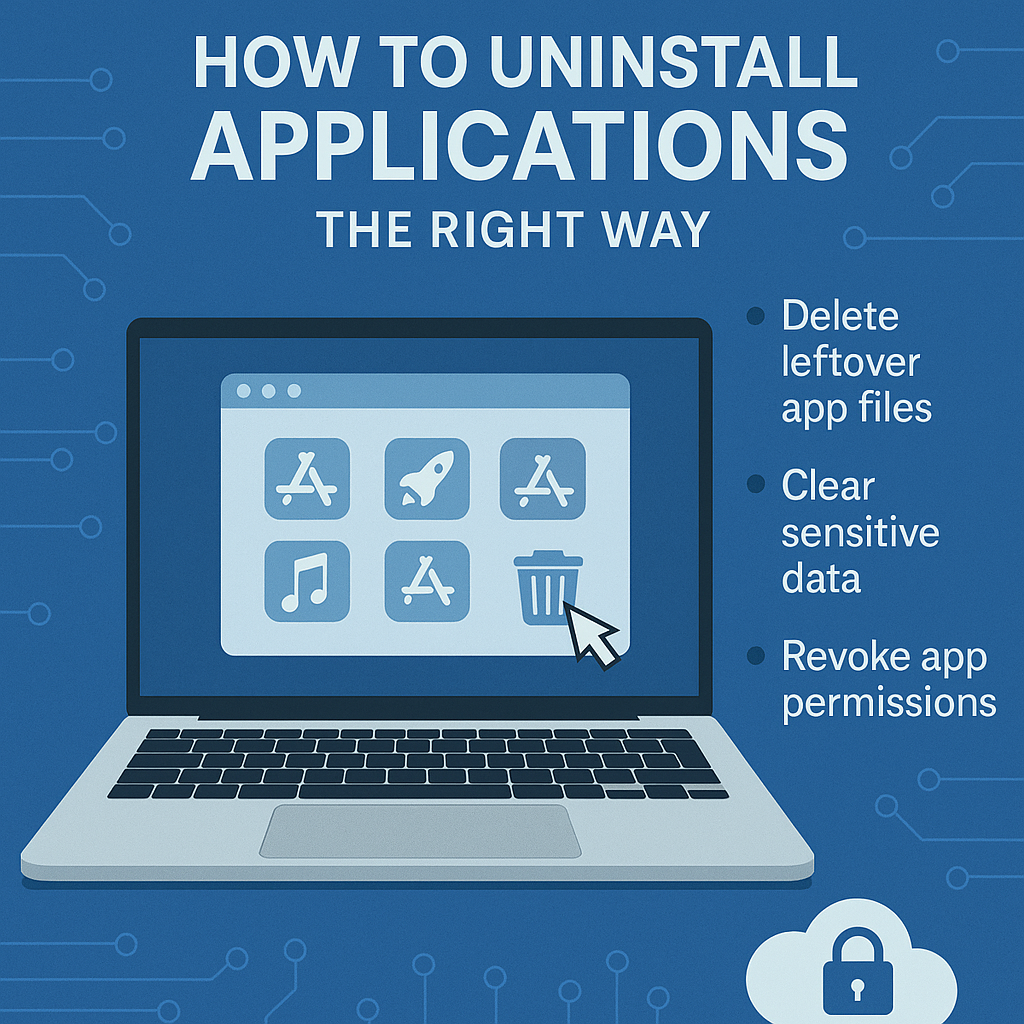How to Delete a Directory in Linux: A Complete Guide for Beginners and Experts
Updated on July 7, 2025, by Xcitium
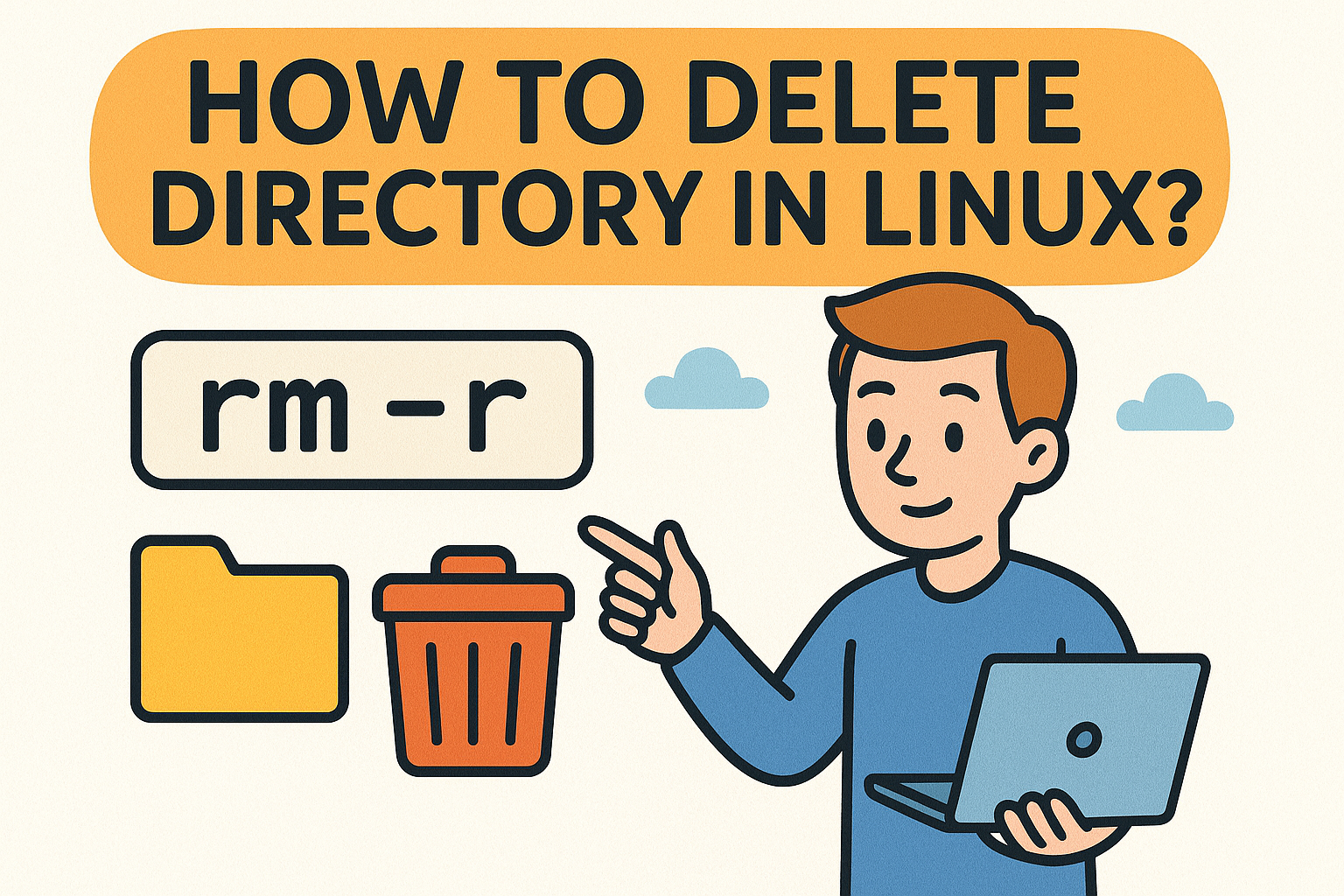
Have you ever run into a stubborn folder in Linux that just won’t go away? If you’ve seen the dreaded message “Failed to remove directory: Directory not empty,” you’re not alone. Whether you’re a cybersecurity professional, IT manager, or Linux enthusiast, knowing how to delete a directory in Linux—cleanly, safely, and effectively—is a vital skill.
This guide dives deep into the safest and most powerful ways to remove directories, even when they contain files. We’ll cover beginner-friendly methods, advanced force-deletion options, and error troubleshooting so you can work smarter—not harder.
Why Deleting Directories in Linux Matters
Linux systems rely heavily on precise file management. Deleting directories might seem simple, but if done incorrectly, it can:
- Cause data loss
- Break scripts or system configurations
- Leave hidden files that lead to security vulnerabilities
Knowing the correct commands protects your system’s integrity and your peace of mind.
Basic Command to Delete a Directory in Linux
Let’s start simple. To delete an empty directory, you use the rmdir command.
bash
CopyEdit
rmdir /path/to/directory
✅ Use Case: Works only if the directory is empty.
🔁 Error Example:
bash
CopyEdit
rmdir: failed to remove ‘/path’: Directory not empty
This leads us to the next section…
How to Remove Non-Empty Directory in Linux
When you need to delete a directory in Linux with contents, use rm with the recursive flag -r.
bash
CopyEdit
rm -r /path/to/directory
✅ This will:
- Remove the directory
- Remove all files and subfolders inside
How to Force Remove a Directory in Linux Without Prompt
If you’re certain and want to remove without confirmation prompts—even protected files—use:
bash
CopyEdit
rm -rf /path/to/directory
✅ -r: Recursive (includes all files/subdirs)
✅ -f: Force (no confirmation or warnings)
⚠️ Warning: This command is permanent and irreversible. Use it with caution.
Delete All Files in a Directory But Keep the Directory
Sometimes, you want to clear a folder but not delete it. Use:
bash
CopyEdit
rm -rf /path/to/directory/*
Or, for hidden files too:
bash
CopyEdit
rm -rf /path/to/directory/{*,.*}
✅ This method is perfect for cleaning cache or temporary folders without deleting the folder itself.
How to Delete a Directory from a Shell Script
Automating directory deletion is common in IT scripts. Here’s a snippet:
bash
CopyEdit
#!/bin/bash
DIR=”/path/to/delete”
if [ -d “$DIR” ]; then
rm -rf “$DIR”
echo “$DIR has been deleted.”
else
echo “$DIR does not exist.”
fi
✅ Use this in cron jobs or CI/CD pipelines to manage directories automatically.
Troubleshooting Common Directory Deletion Issues
❌ Error: Directory not empty
Cause: rmdir only works on empty folders
Fix: Use rm -r
❌ Permission denied
Cause: User doesn’t own the folder
Fix: Run as root or use sudo
bash
CopyEdit
sudo rm -rf /path/to/directory
❌ File in use
Cause: Another process is accessing a file
Fix: Use lsof or fuser to identify the process
bash
CopyEdit
lsof +D /path/to/directory
GUI vs Command Line: Which Is Better?
While desktop environments like Ubuntu offer GUI options to delete directories, the terminal remains the most powerful and flexible approach. Especially for:
- Remote servers (SSH access)
- Headless systems
- Automation scripts
If you’re working in enterprise environments, mastering CLI directory management is essential.
Safety Tips When Using rm -rf
- Double-check your path before hitting enter
- Avoid running rm -rf / (which deletes everything!)
- Backup data when in doubt
- Use the –preserve-root flag to protect the root directory
FAQs About Deleting Directories in Linux
Q1: How do I delete a directory in Linux command line?
A: Use rmdir for empty directories or rm -r for non-empty ones.
Q2: How do I force delete a directory and its contents?
A: Use rm -rf /directory/path
Q3: Why do I get “Directory not empty” when using rmdir?
A: Because rmdir only works on empty directories. Use rm -r instead.
Q4: How can I delete files inside a directory but not the folder?
A: Use rm -rf /folder/* to delete all contents.
Q5: Can I recover a directory deleted with rm -rf?
A: Not easily. Once deleted, data recovery is complex and not guaranteed unless backups exist.
Summary: Deleting Directories the Right Way
Learning how to delete a directory in Linux gives you power and control over your environment. From using simple rmdir commands to mastering rm -rf for recursive and forceful deletions, you’re now equipped to handle most scenarios with confidence.
✅ Use rmdir for cleanups
✅ Use rm -rf for recursive deletions
✅ Handle permission and process errors smartly
✅ Always back up critical directories before deleting
🔐 Ready to Secure Your Linux Infrastructure?
Directory mismanagement can open doors to vulnerabilities. Discover how Xcitium’s advanced endpoint protection keeps your systems safe—no matter the OS.



